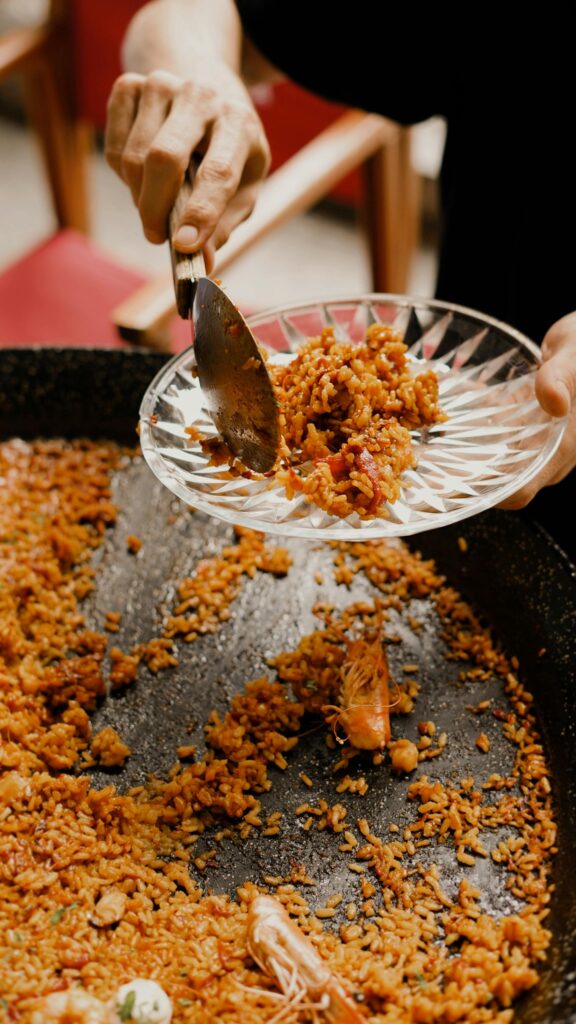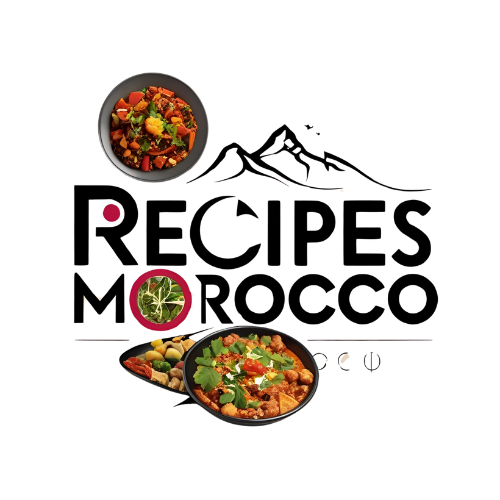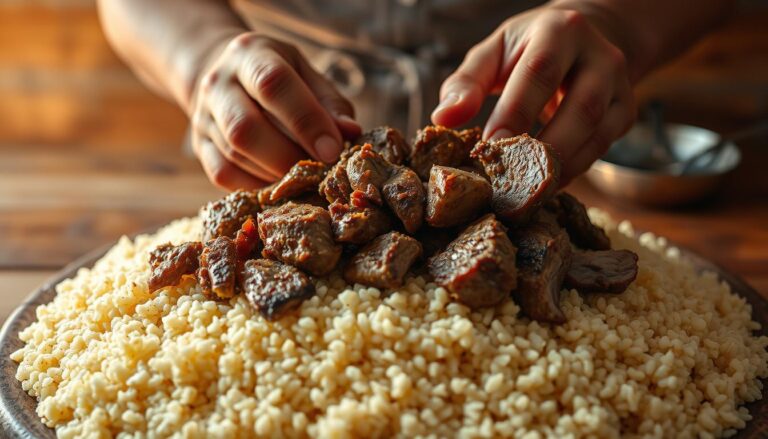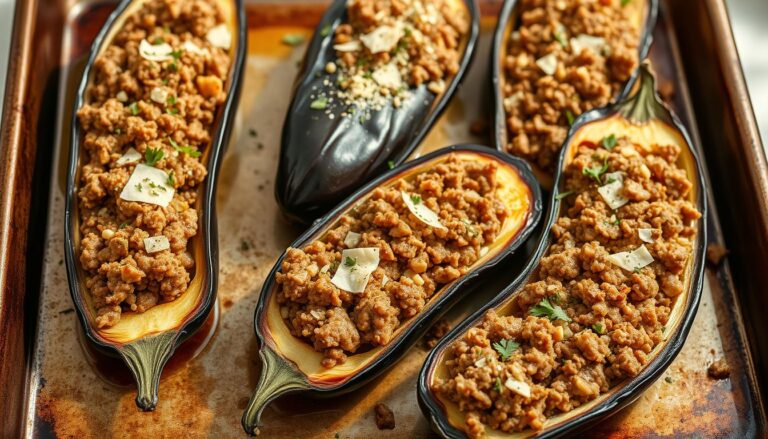Saffron Cooking: Try These Moroccan Recipes

Known as “the golden spice,” saffron is prized for its distinctive flavor and vivid color as well as its long-standing culinary importance in Morocco. Because of the labor-intensive method involved in gathering them, saffron strands, which are harvested from the fragile crocus flower, are among the most expensive spices in the world. Saffron is prized in Morocco for its cultural significance as well as its culinary applications; it is frequently used in traditional dishes during holidays and festivities. It is a valued component in Moroccan cuisine because of its rich, earthy flavor and aromatic profile, which enhance a range of recipes. This article will explore the history, culinary uses, and a variety of delicious recipes that showcase this wonderful spice as it relates to Moroccan cookery.
Moroccan Saffron’s Historical Context
In Morocco, saffron has a rich and lengthy history that dates back to ancient times, when it was prized for its culinary, medicinal, and dyeing properties. Trade routes linking the Middle East and Europe are thought to have brought the spice to North Africa, where it immediately became well-liked. Saffron is now mostly grown in areas of Morocco like Taliouine, which is located in the Souss Valley and has the perfect climate and soil for saffron production. Harvesting saffron is a labor of love that has been handed down through the generations, requiring hand-picking the delicate stigma of the crocus flower during a brief flowering season. Moroccan saffron is now prized for its exceptional quality and unique flavor, adding to the nation’s gastronomic legacy and drawing saffron lovers from all over the world.
The properties of saffron
Saffron’s distinctive qualities set it apart from other spices and contribute to its attraction. When dried, the vivid red stigmas—which are frequently tinged with golden-yellow—emit a delightful perfume evocative of hay and honey. The delicate earthy, somewhat sweet flavor that goes well with this rich scent complements a wide range of foods. The active ingredients that give saffron its color, flavor, and aroma—crocin, picrocrocin, and safranal—are responsible for its culinary magic. When used in cooking, saffron enhances the overall flavor profile by adding depth and richness in addition to giving food a lovely golden tint. Moroccan saffron is a highly sought-after ingredient for both home cooks and professional chefs because to its meticulous cultivation and harvesting practices.
The Culinary Uses of Saffron
Saffron is an adaptable component in Moroccan cooking that may be used in a wide variety of dishes, from aromatic rice preparations to savory tagines. It is a popular in both traditional and modern dishes because of its capacity to enhance and balance other flavors. Saffron is frequently used in recipes like tagines, where it imparts its unique flavor to meats and vegetables, and couscous, where it gives depth to the grains. Saffron is also used to season soups and stews, adding a warm, fragrant base that improves the food as a whole. In addition to its savory uses, saffron can be used to desserts to give them a distinctive twist. Because of its many uses, saffron is a necessary component of Moroccan food, fostering inventiveness and creative experimentation.
Traditional Moroccan Recipes with Saffron
The rich aromas of saffron are included in a number of traditional Moroccan recipes that capture the spirit of the nation’s culinary culture. Saffron adds warmth and fragrance to the flavor of the soft chicken in chicken tagine with preserved lemons and olives, one of the most famous recipes. Lamb tagine with apricots is another well-liked meal, where the earthy undertones of saffron perfectly balance the sweetness of the dried fruit. Another common ingredient is saffron-infused couscous, which adds color and flavor to a variety of meat or vegetable tagines. Furthermore, saffron is frequently used in harira, a classic Moroccan soup, giving the liquid a deep, rich flavor. These recipes all demonstrate the special power of saffron to enhance flavors and produce a memorable meal.
Moroccan desserts with saffron
Although saffron is primarily used in savory recipes, Moroccan desserts also benefit greatly from its use. One of the most beloved desserts is saffron rice pudding, a sumptuous treat that is both elegant and comfortable thanks to the infusion of the aromatic spice into creamy rice. Saffron-infused almond pastries, which blend the flavors of saffron and almonds in delicate pastries frequently consumed during festivals, are another well-liked treat. Another delicious delicacy is Moroccan saffron cake, which has a rich, spicy cake that perfectly embodies the distinct flavor of saffron. In addition to showcasing saffron’s flexibility, these sweets illustrate how it can elevate sweet delights into remarkable culinary creations.
How to Get Saffron Ready for Cooking
Proper preparation is necessary to truly enjoy the richness of flavor that saffron adds to recipes. Before using saffron in a recipe, it is ideal to soak the strands in warm water or broth to release their color and aroma. By allowing the active ingredients to dissolve, this technique guarantees that the food will absorb the special qualities of saffron. Before adding a pinch of saffron to a recipe, it’s customary to soak it in a little amount of warm water or liquid for ten to fifteen minutes. This procedure guarantees a uniform distribution of color across the meal in addition to improving the flavor. It’s crucial to remember that a small amount of saffron goes a long way because too much of its strong flavor can quickly dominate other components. By using this preparation technique, home cooks may utilize saffron to its fullest in their Moroccan cuisine.
Saffron and Its Health Advantages
Saffron is prized for its potential health benefits in addition to its gastronomic appeal. Saffron, which is high in antioxidants, is thought to have anti-inflammatory qualities that could improve general health. According to some research, saffron can help elevate mood and reduce depressive symptoms, which makes it a useful supplement to a healthy diet. Saffron has also been connected to better digestion and better eye health. Saffron is a nutritious option that may have health benefits in addition to its delicious flavor because it contains carotenoids and other healthy elements. In addition to improving the gastronomic experience, adding saffron to Moroccan cuisine may help people lead healthier lives.
Using Saffron in Contemporary Moroccan Cooking
Moroccan food is becoming more and more popular around the world, and home cooks and chefs are coming up with creative ways to use saffron in modern recipes. Traditional recipes are frequently combined with international influences in modern interpretations, creating inventive concoctions that highlight the best aspects of Moroccan cuisine. For example, pasta dishes or risottos flavored with saffron are examples of the increasingly popular culinary fusion. Chefs also experiment with saffron in marinades, dressings, and sauces, letting its distinct flavor emerge in surprising ways. Saffron’s versatility and timeless appeal are demonstrated by its adaptability in contemporary cooking, inspiring a new generation of foodies to discover the depths of Moroccan cuisine.
In conclusion
Using saffron in cooking is a voyage into the colorful and fragrant realm of Moroccan cooking, where this golden spice is essential to producing mouthwatering tastes and experiences. From its distinctive qualities and rich historical background to its culinary uses in savory and sweet recipes, saffron epitomizes Moroccan food. The traditional dishes that include saffron illustrate how it can enhance flavors and turn everyday dinners into spectacular feasts. Saffron continues to be a prized ingredient in contemporary cooking, encouraging innovation and creativity while respecting the customs of Moroccan culinary heritage. Every meal becomes a celebration of culture, history, and flavor as you discover the rich tapestry of tastes that define Moroccan cuisine, whether you’re cooking a classic tagine or trying out more modern recipes.


